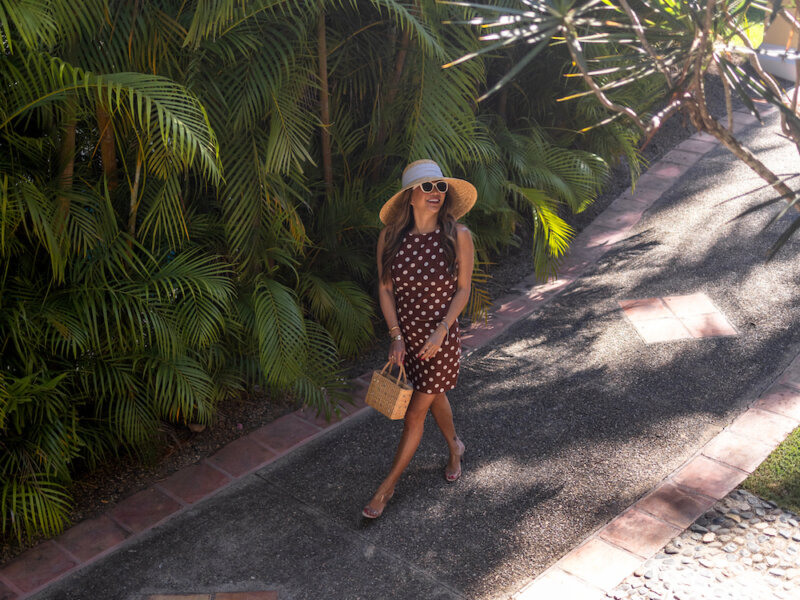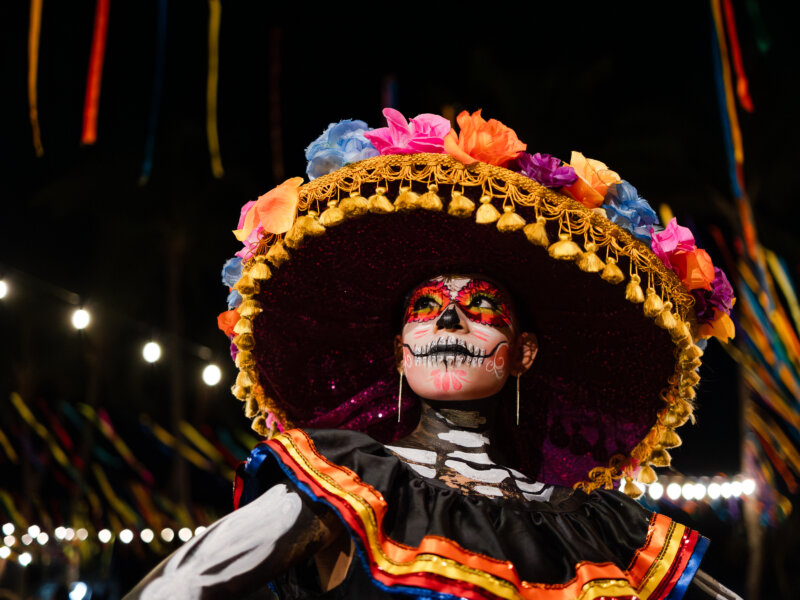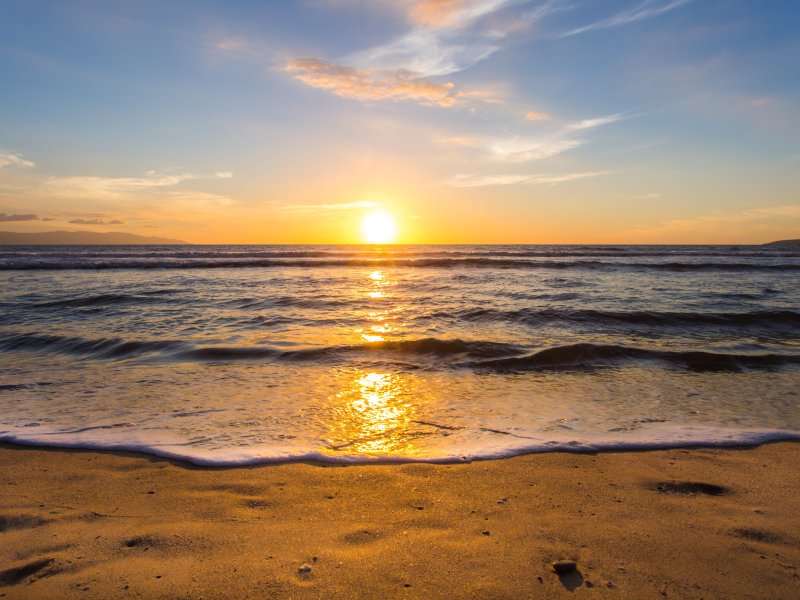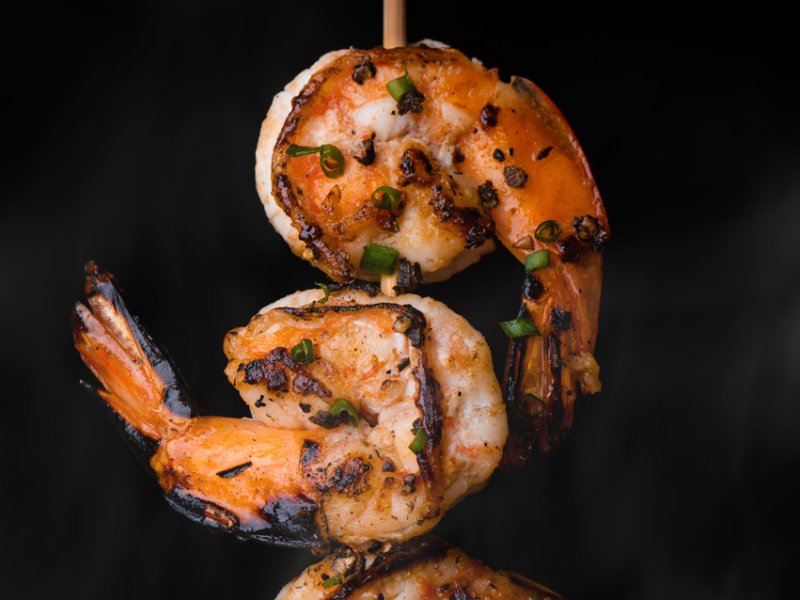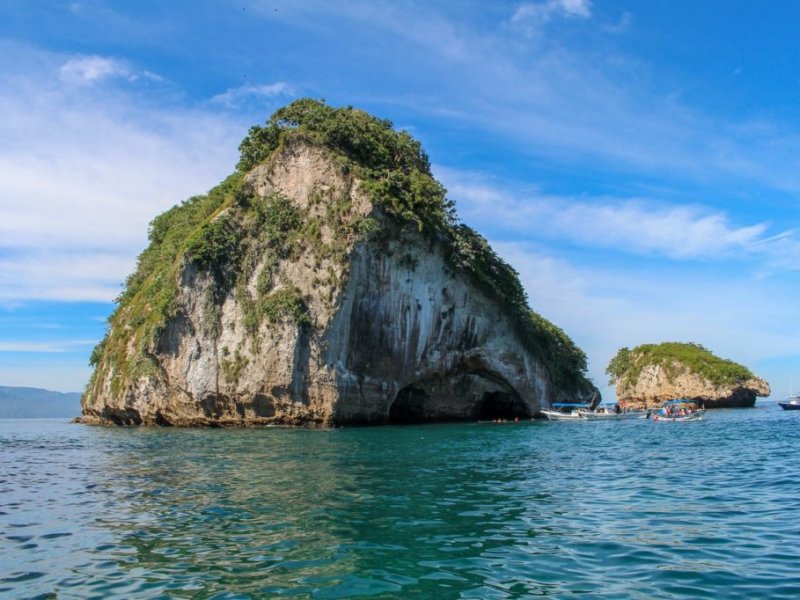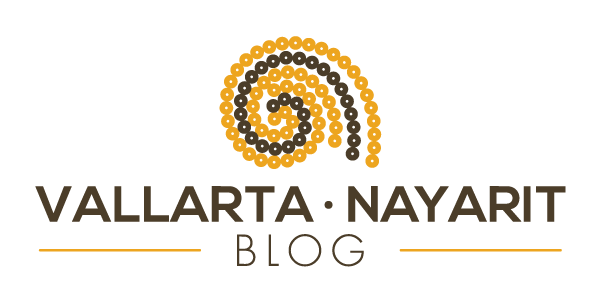Day of the Dead
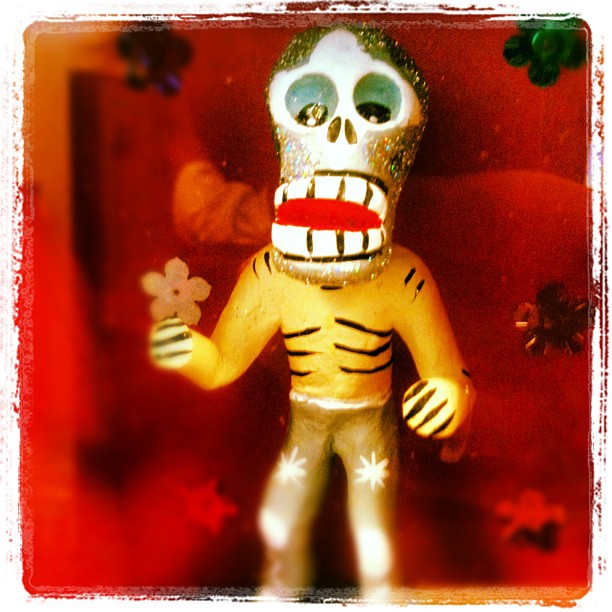
One of the most important and iconic celebrations of Mexico is, without a doubt, the Day of the Dead (Día de los Muertos). Celebration in which Mexicans devotes an entire day to remember those who have gone one step beyond in the way of life to the immaterial world, that is supposed to be full of peace and tranquility.
If anything distinguishes Mexicans from many other countries, is the great cultural diversity that can be found in every corner of our country, and the Day of the Dead is an event that internationally transcends thanks to all the paraphernalia that goes around of this ancient festival.
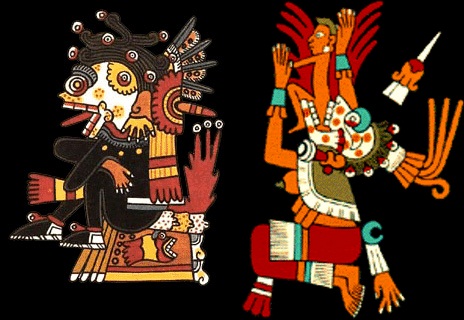
Mictecacíhuatl (Lady Death) Queen of Mictlan (Land of the Dead) and her duty is to watch the bones of the dead. She is the wife of Mictlantecuhtli (Lord of the Land of the Dead) and together they are responsible for governing in the underworld and lead the celebration that would lately become the “Day of the Dead” as we know it nowadays. This celebration was held in the ninth month of the Mexican solar calendar in early August and used to last a month.
The start of celebrations date back more than 3000 years and involved nationwide civilizations like the Mayas, Aztecs, Totonacas and Purepecha.
Among the most characteristic details of this event are the world–renowned altars dedicated to the dead consisting of an offering to all those loved ones who eventually left their last breath in this world.
These altars are decorated with the “bread of the dead” (pan de muerto), the traditional marigold flowers, sugar skulls, the food and drink that the person most liked in this life, clothing, candles
and a photo of the deceased who is remembered. Besides this, the imaginative nature of this cultures ends up with true art works by adding various elements that brings the altars to life.
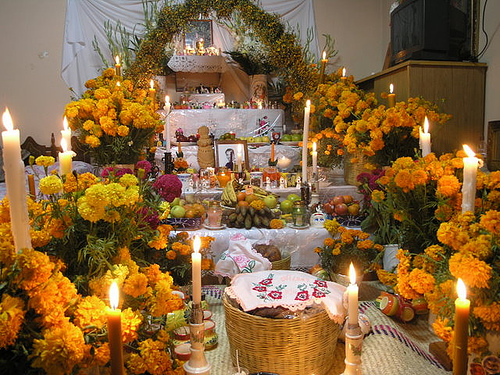
We can also find the always witty calaveritas; a writing that consist of making rhymes using someone’s name (not necessarily dead) alluding to themes of death in a funny way. While enjoying “bread of the dead” (pan de muerto) found in many shops and bakeries accompanied with a delicious cup of milk or hot chocolate.
In a ceremony held in Paris, France on November 7, 2003, UNESCO honored the Indigenous festivity of Day of the Dead as a Masterpiece of Oral and Intangible Heritage of Humanity.
In Puerto Vallarta’s various events such as photography, samples of the bread of the dead, exhibition of prints, catrinas, the presentation of folkloric ballet Xiutla and dead altars that can be seen around the old city council. Making this traditional day of a big party where people can enjoy the Day of the Dead in family.


